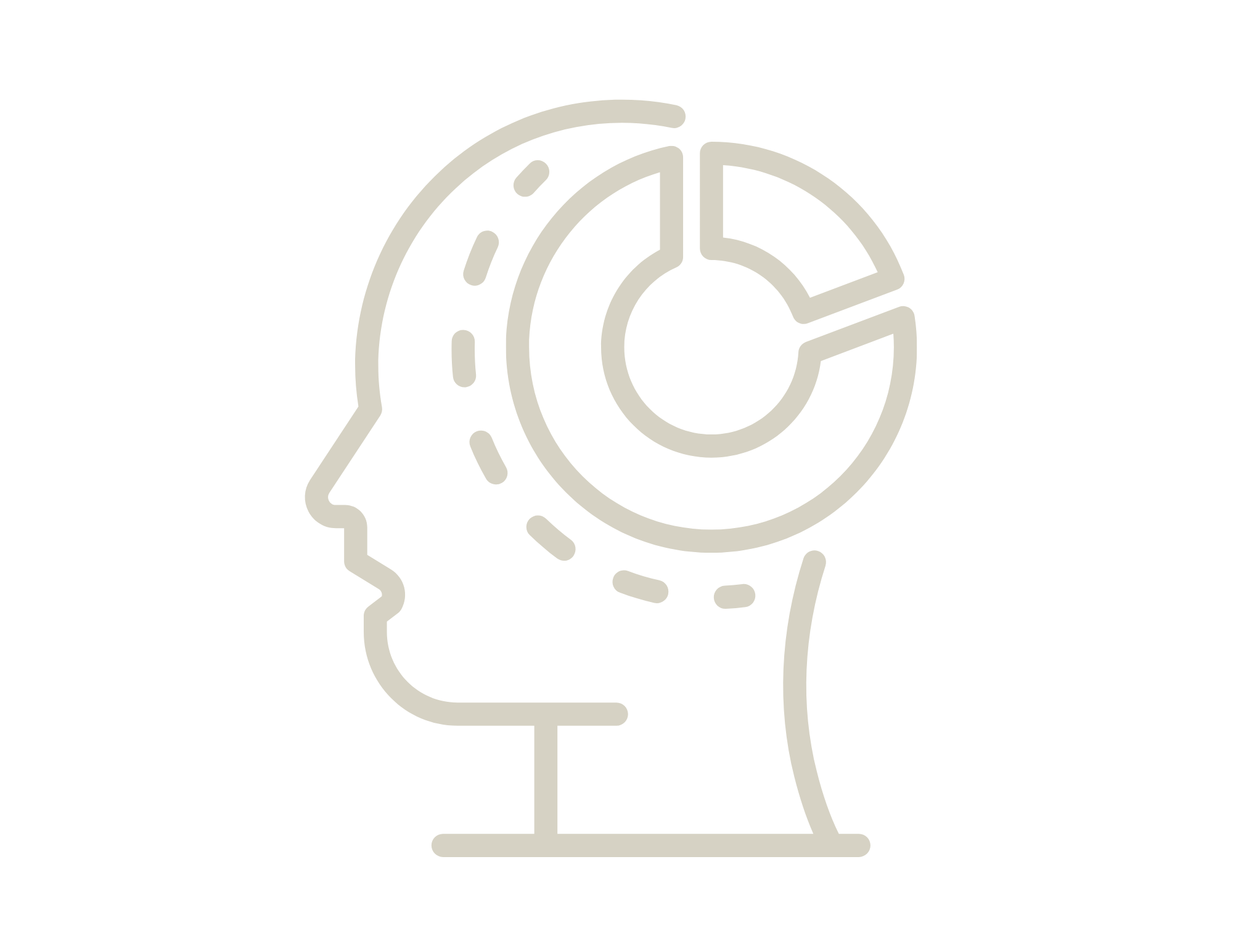
Our Research
The Bioactive Molecules (BAM) stream is at the forefront of drug discovery. In our organic chemistry laboratory, we synthesize collections of small molecules with strategically designed chemical scaffolds that exhibit affinities for selected macromolecules of biological significance, and demonstrate a high potential for drug-likeness.
Through molecular modeling and wet-laboratory experimentation, our goal is to gain a better understanding of the relationship between the 3D structure of a molecule and its biological activity, that is, the structure-activity relationship (SAR), to help develop novel therapeutics.
Our synthetic efforts are directed towards unmet clinical needs, drug repositioning, or minimizing unwanted side effects of current drugs on the market.
Bioactive Molecules Research Efforts
- accessing new collections of potential drug-like small molecules via multi-step synthesis
- investigating opportunities for drug repurposing
- identifying structure-activity relationships

Our Strategy
Using research techniques in organic chemistry, our lab synthesizes small molecular probes, called ligands, in order to investigate disease mechanisms, with the overall goal of paving the way for the development of new pharmaceutical candidates.
In BAM, students are exposed to introductory and advanced concepts in organic chemistry and build projects from the ground-up in a collaborative environemnt. Students also develop transferable skills that are amenable to upper-level science coursework, professional schools, and careers beyond academia.
Bioactive Molecules Laboratory Techniques
- reaction optimization (organic synthesis) including Schlenk technique
- characterization methods (NMR & IR spectroscopy, Mass Spectrometry)
- Using Reaxys & ChemDraw
- chromatography
- distillation
- extraction/separation
- molecular modeling
We also focus on:
- problem-solving, time management, initiative
- project development, scientific communication, and data analysis

Our Impact
Did you know that the development of a new FDA approved drug from idea to launch is a complex journey which can take ~15 years and cost greater than $1 billion? Furthermore, an understanding of the way proteins, enzymes, or receptors interact with small molecules is integral to drug discovery.
By contributing to the design phase of this arduous pathway, we hope to provide the scientific community with access to new small molecules that are prime candidates for the next step in the process, target identification and validation.
Our Team

Elizabeth Ilardi
- Associate Professor of Practice
- Associate Director of Freshman Research Initiative
- Freshman Research Initiative
- College of Natural Sciences
Research Educator | Bioactive Molecules Stream

Stephen Martin
- Professor
- M. June and J. Virgil Waggoner Regents Chair in Chemistry
- Chemistry
Resources
Course Credit
Research Outcomes
- Elessawy, N.* Ilardi, E. Collection of Ruthenium Salophen Schiff Base Complexes – A Supplementary Anticancer Drug. [poster presentation] UT Undergraduate Research Forum, UT Austin, TX April, 2020. **CNS Excellence in Chemistry Poster Award
- Wong, L.*; Lau, J.*; Wang, Z.*; et. al. Ilardi, E.; Martin, S. F. Synthesis of new sigma 2 receptor ligands a potential therapeutic agents with neuroprotective effects. [poster presentation] American Chemical Society Southwest Regional Meeting (ACS SWRM), Little Rock, AR., November 7-10, 2018.
- Chen, H.*; et. al. Ilardi, E.; Martin, S. F. Synthesis of Piperidine Analogue Inhibitors of TbMetRS in African Sleeping Sickness. [poster and oral presentation] Stanford Undergraduate Research Conference, Stanford, CA., April 2016.
*undergraduate researcher
